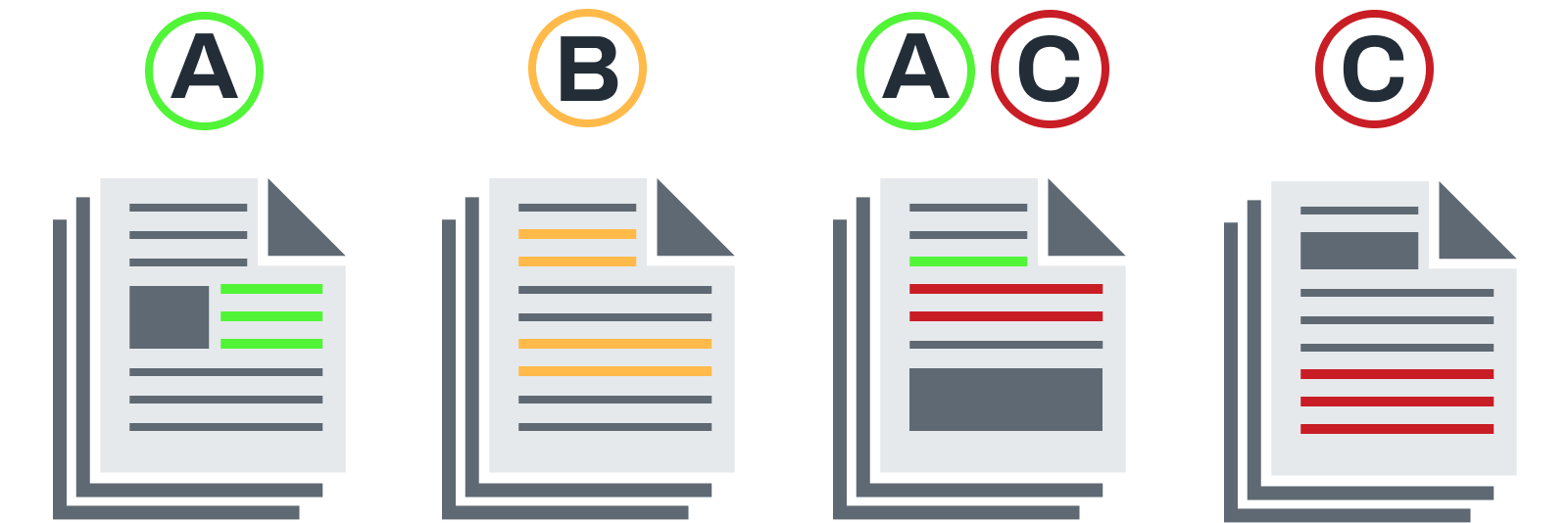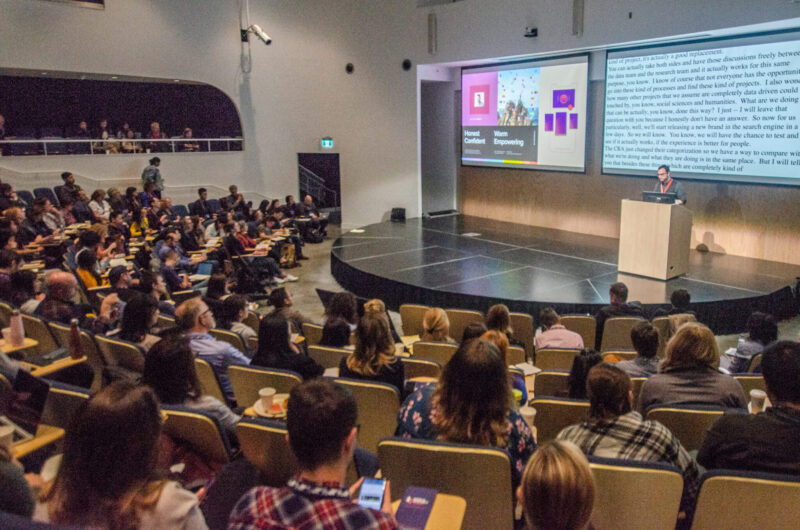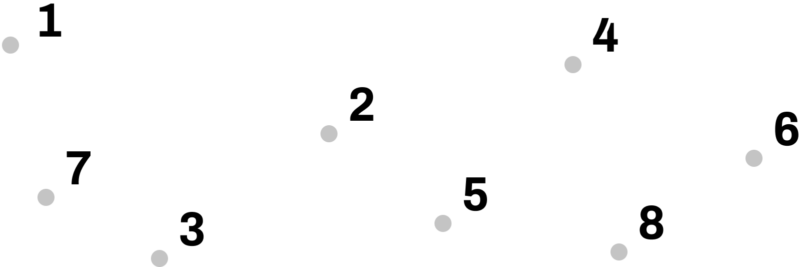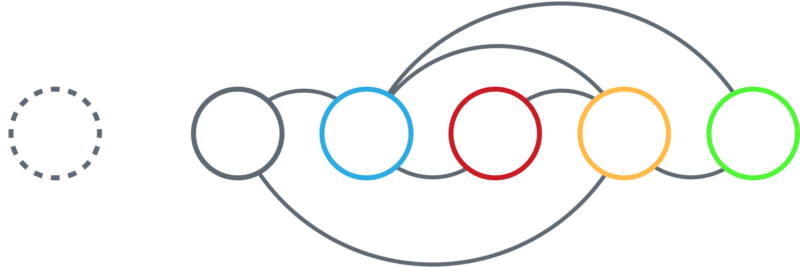This project is described to the extent to which is possible as some of its details are confidential.
“…But who are these people?”
The problem: A successful tech startup had no plan in place to gather data about its users. After years of operation, this lack of data makes it hard for the now well-established company to make strategic decisions about their platform and other initiatives.
1. No data, no problem
Without having enough data to look for patterns or formulate a hypothesis, it seems logical to start conducting interviews with current users (you know, empathize), however, the lack of data made also difficult to design an interview or survey. I mean, if you are going to look for something you need to know at least what that something is. In academic contexts, this issue is dealt with through literature reviews, but this practice is not a staple of the traditional UX research process. And yet, if there was a moment in which a lit review was necessary, this was it, so I decided to treat this step as a fundamental part of the Design Thinking process.
2. What do we know?
The purpose of any literature review is to learn what is known about an issue and identify what is missing. This principle applies to any topic, and the one described here was no different. The review included academic articles, reports and popular media on the topic in question and it focused on identifying behavioural patterns in users. We started searching for answers to two basic questions: Who are they? and what do they do?
3. A working model
The literature review did not provide answers to the questions but provided a general model of the potential kinds of users that have been identified in the literature and some cues on the behaviour of each one of these types. To put it another way, the lit review did not give the answers, but a good sense of the questions to be asked to get those answers.
4. Checking the assumptions
The questions that emerged from the previous stage had to be asked to real users to verify whether the information obtained from the lit review was valid or not. A total of 12 semi-structured interviews were conducted and transcribed (a bit more than 11 hours of data), although the point of saturation was identified around the tenth interview. These interviews gave us the opportunity to validate and invalidate some of the initial assumptions.
5. Done, for now
The deliverable for this project was a psychographic segmentation based both on literature about the topic and user interviews. The traits identified in each one of these segments would allow the client to not only know the current users but to make informed predictions on their behaviours and customize the service.
Although the confidence in the model was (and still is) quite high, no model is fixed, particularly when it is about people. The model developed using this method is still valid, and the method developed for this purpose is applicable to ―potentially― any other case.




